The atmosphere of harmony that exists in a Montessori classroom is a reflection of the spontaneous behaviour of the children who have a heightened awareness of each other and a natural tendency towards loving and caring, both as individuals and as a social group.
In the Montessori environment, social manners and interaction are called Grace and Courtesy. Grace being the outer expression of our innerselves as observed in body language and movements: facial expressions such as smiles, eye- contact, tone of voice, inflection of the voice, body movements and the actual words used to express ourselves. Courtesy is the name given to the manners given for human interaction.
Neither grace nor courtesy are instinctive. They are acquired. The desire to acquire social skills is a fundamental need in a child in order for him to become fully integrated into his culture and fully adapted to society.
The child can only absorb what he experiences. In the first years of life during the first plane of development, the child absorbs every nuance of body language, action and movement. He listens intently to all inflections and intonations of voice and to the actual language used by the people in his environment. His Absorbent Mind internalises these impressions and they are stored in the unconscious memory.
Each culture has its own particular customs and courtesies and unless one is familiar with these specific manners one cannot successfully participate in that society.
It seems that in today’s fast moving world, traditional manners and courteous behaviour have become “ outdated”. We have to look at the values and dysfunction of our society and realise that loving and caring for others as well as for ourselves can diminish some of the deviations.
The purpose of the lessons is not to restrict the child but rather to set him free.
He is liberated if we give him the tools for successful human interaction.
The Montessori lessons give the child guidelines for social behaviour and this will enable him to have an openness towards others and an ability to reach out to others.
These lessons should be given at the right time; that is when the child is naturally inclined and naturally interested in learning these manners.
The Sensitive Period begins at around three years of age.
The lessons are given with the emphasis on our caring and awareness of others.
Control is not forced but a sensitivity for the good of others is instilled in the child. The child’s good manners are then a reflection of his sincere desire to be kind, helpful and caring. Dr. Montessori made this discovery when she observed the children’s reactions to a nose-blowing lesson, where the children clapped spontaneously.
The children wanted to know and were delighted to know.
It is the responsibility of the Montessori Directress to make the lessons of Grace and Courtesy an integral part of the Montessori Prepared Environment.
Technique of a Grace and Courtesy Lesson.
These lessons should always be presented to the whole class or to the children who have not had the lesson before.
The lessons are presented as a little dramatic play. A precise, specific social situation is isolated and acted out. The Montessori Directress acts this play with the help of her assistant because it requires another person for interaction.
Before and after each lesson a discussion is held with the children concerning the particular circumstances in which the situation might occur. Our consideration for others is the reason for manners and this aspect is highlighted.
After each drama is presented, every child is invited to have a turn. Not all children will accept the invitation but they are asked nevertheless. The children must be naturally ready to take part and not be coerced.
It is important not to persecute and constantly remind a child of these manners but the children should come to the realisation that they desire to behave in this way for themselves. The children will be “trained” and not come to these manners naturally should we constantly nag them.
Where the children are slow to grasp the lessons, we may re-present the lessons in such a way that it creates a new emphasis.
LESSONS CAN BE DIVIDED INTO 3 GROUPS.
1st – Procedural
E.g. bathroom routine, waiting in line..
2nd – Social Interactions in the Classroom.
E.g. passing objects to one another, apologising after bumping into someone.
3rd – Social Situations
E.g. Answering the telephone, greeting someone.
The presenter must practise before the lessons can be given so that the exact words and sequence of movements are known and flow spontaneously. The lesson must be kept simple by isolating one difficulty, one skill.
Children learn by example. It is imperative that the adults in the Montessori Environment behave in a courteous manner.
These lessons guide the child towards Normalisation.
The Normalisation of society the world over can be achieved by the harmony radiated by socially integrated aware and caring human beings.





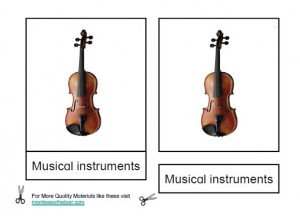







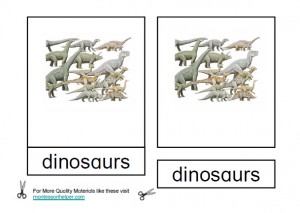

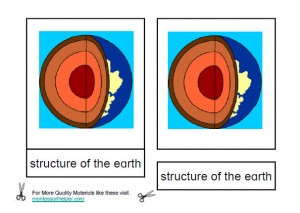




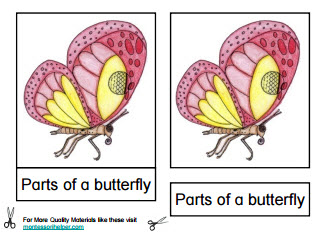




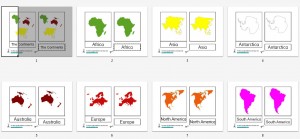















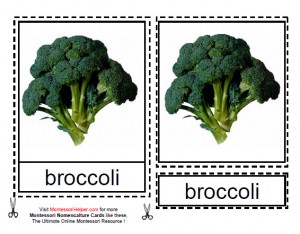
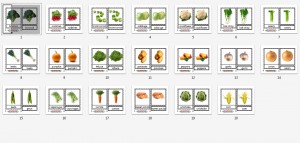








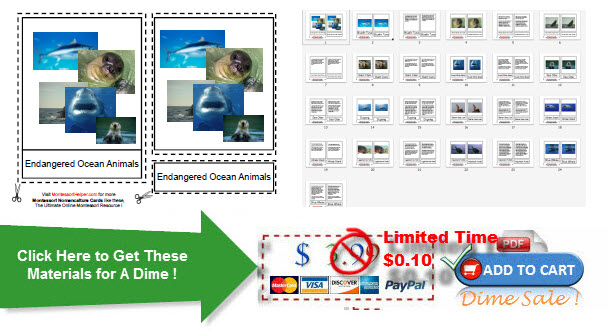
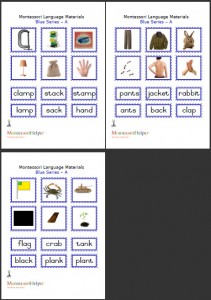







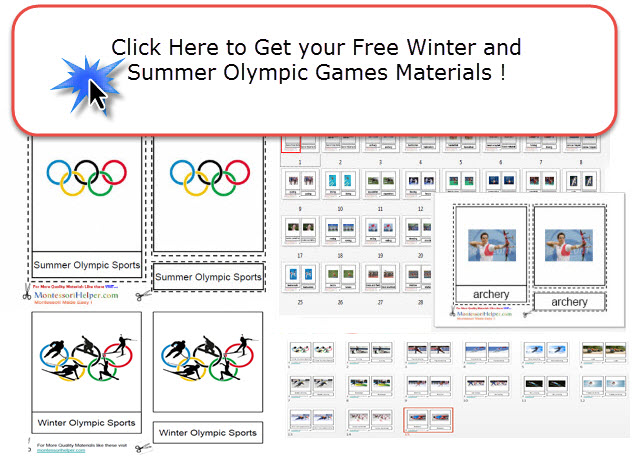










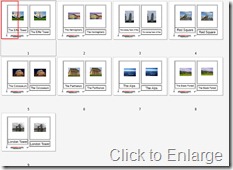











 '
'